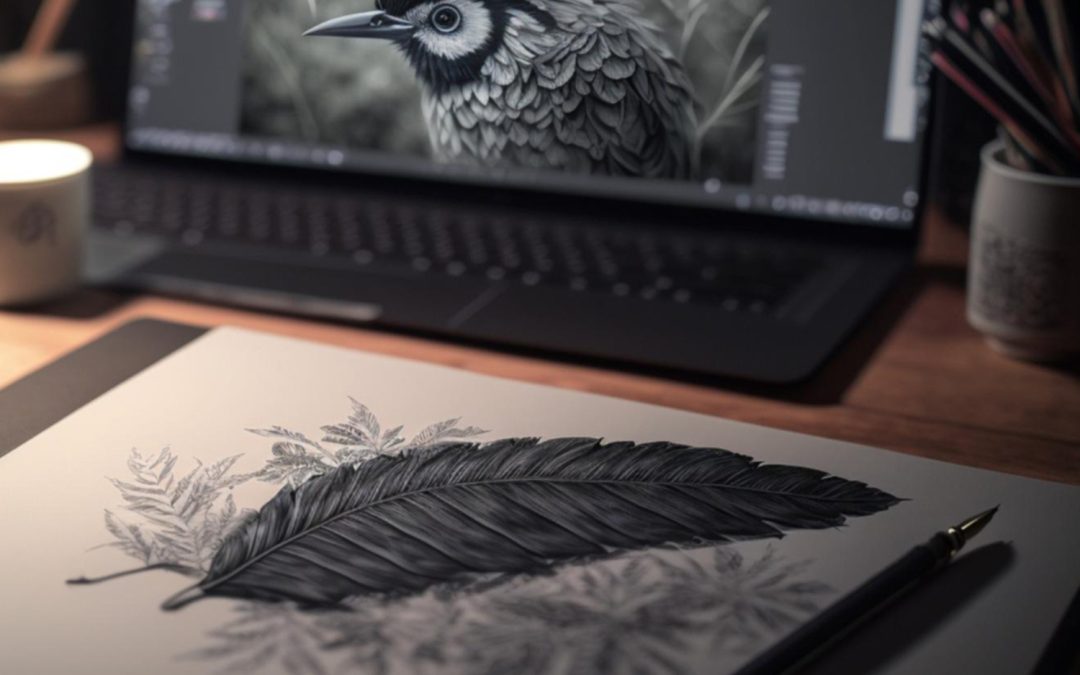Sketching and Exploration
During the logo design process, sketching and exploration play a crucial role. This stage involves putting ideas on paper, allowing for a free-flowing creative brainstorming session. It is a hands-on approach that helps designers visually explore different concepts and possibilities for the logo. Sketching allows for quick and easy iterations, enabling the designer to experiment with various shapes, layouts, and visual elements.
By using pencil and paper, designers can quickly capture their ideas and refine them in a more organic and intuitive manner. Sketching helps to generate a wide range of conceptual options, offering the opportunity to explore different directions and approaches. It allows the designer to visualize various design elements, such as typography, symbols, and imagery, and how they interact with each other.
The exploration phase involves creating multiple sketches and rough drafts, emphasizing quantity over quality at this stage. The aim is to create a diverse array of designs that can be evaluated and refined later on. Through sketching, designers can identify the most promising concepts and eliminate those that don’t align with the client’s vision or project objectives.
Sketching and exploration facilitate the generation and refinement of ideas before diving into digital design tools. It allows designers to be more flexible, adaptive, and responsive to the creative process. By embracing this initial hands-on approach, designers can unlock their creativity and uncover unique solutions that may not have been discovered through digital design alone.


Recent Comments